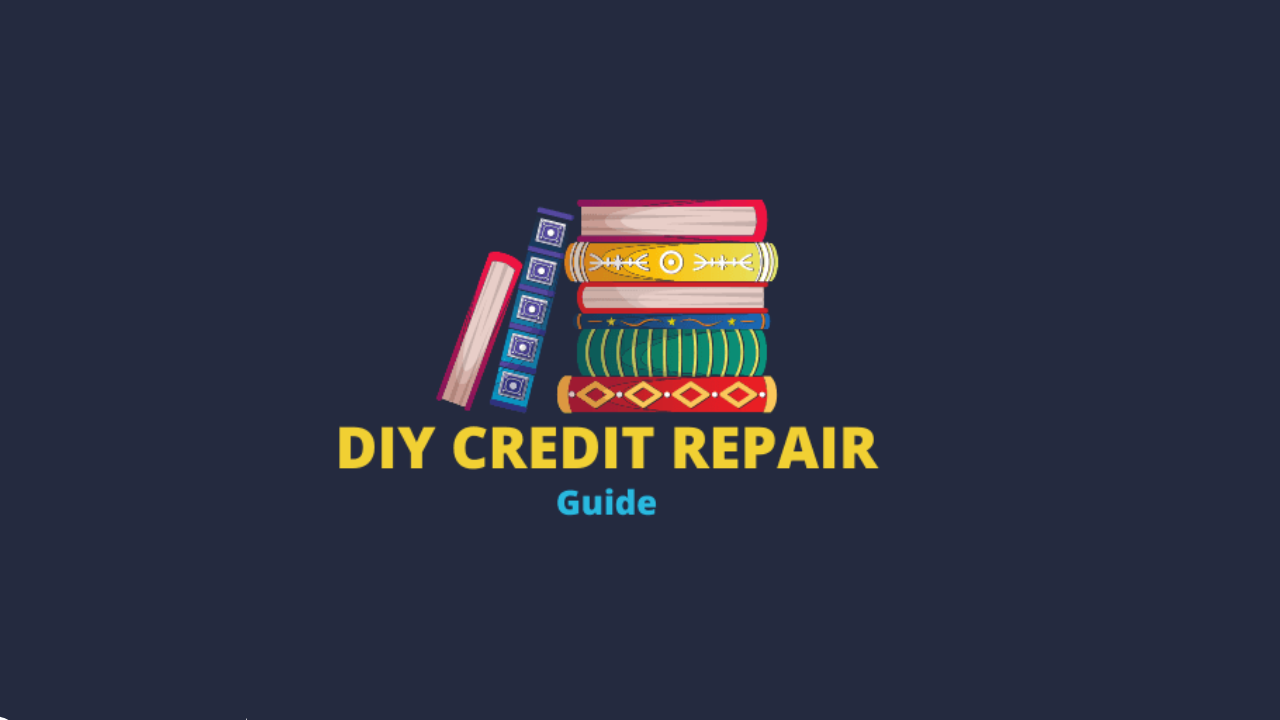
A poor credit score can limit your financial opportunities, but the good news is that you can legally repair your credit—and it doesn’t require expensive services or shady tactics. By following a clear, step-by-step process, you can rebuild your credit score and regain control of your financial future.
Here’s a comprehensive guide to legally repairing your credit, the right way:
Step 1: Get Your Credit Reports
Start by obtaining your credit reports from the three major credit bureaus: Equifax, Experian, and TransUnion.
👉 Visit AnnualCreditReport.com to get your free reports (you’re entitled to one free report per bureau each year).
What to Look For:
- Inaccurate personal information
- Accounts that don’t belong to you
- Late payments or collections you don’t recognize
- Duplicate accounts
- Incorrect balances or limits
Step 2: Review for Errors
Carefully examine each report for errors or outdated information. Mistakes on your credit report can significantly hurt your score.
🛑 Common errors include:
- Wrong account status (e.g., marked late when paid on time)
- Accounts that still show a balance after being paid off
- Collections you’ve never seen before
Step 3: Dispute Inaccuracies
If you find mistakes, file a dispute directly with the credit bureau that reported the error. You can do this online, by mail, or over the phone.
How to Dispute:
- Include your name, address, report number, and a clear explanation of the error
- Attach any documentation that supports your claim
- The credit bureau must investigate within 30 days
📌 Tip: Dispute only inaccurate information—never try to remove legitimate debts through false claims.
Step 4: Pay Down Outstanding Debts
Your credit utilization ratio (the amount of credit you use compared to your limits) has a big impact on your score.
Tips to Lower Utilization:
- Focus on paying off credit cards first
- Don’t close paid-off cards (this keeps your credit limit higher)
- Aim to keep utilization below 30%, ideally under 10%
Step 5: Catch Up on Past-Due Accounts
If you’re behind on any bills, bring them current as soon as possible. Payment history makes up 35% of your credit score.
✅ Set up reminders or auto-pay
✅ Contact creditors to negotiate payment plans
✅ Focus on bringing all accounts current before anything else
Step 6: Settle or Negotiate Debts (If Needed)
For accounts in collections, you can try:
- Pay for delete: Offer to pay in exchange for having the account removed
- Goodwill letters: Ask the creditor to remove the negative mark out of goodwill if you’ve been a loyal customer
Make sure to get any agreement in writing before making a payment.
Step 7: Add Positive Accounts
To rebuild your credit, you’ll need to add positive payment history.
Try these options:
- Secured credit cards
- Credit builder loans
- Become an authorized user on a trusted family member’s account
- Use tools like Experian Boost to report utility and rent payments
Step 8: Monitor Your Progress
Use tools like Credit Karma, Credit Sesame, or your bank’s credit monitoring tools to track changes.
Watching your credit regularly helps:
- Spot fraud early
- Track improvements
- Stay motivated
Step 9: Be Patient and Consistent
Credit repair is a marathon, not a sprint. Legal, ethical credit improvement takes time and consistency.
💡 Stay committed. With the right strategy and discipline, your score will improve.
Final Thoughts
Repairing your credit doesn’t have to be overwhelming—and it definitely doesn’t have to be illegal or expensive. With knowledge, effort, and the right steps, you can take back control of your financial life and build the credit you deserve.
Need help getting started? Reach out to a trusted credit specialist or explore DIY tools to guide your journey!
